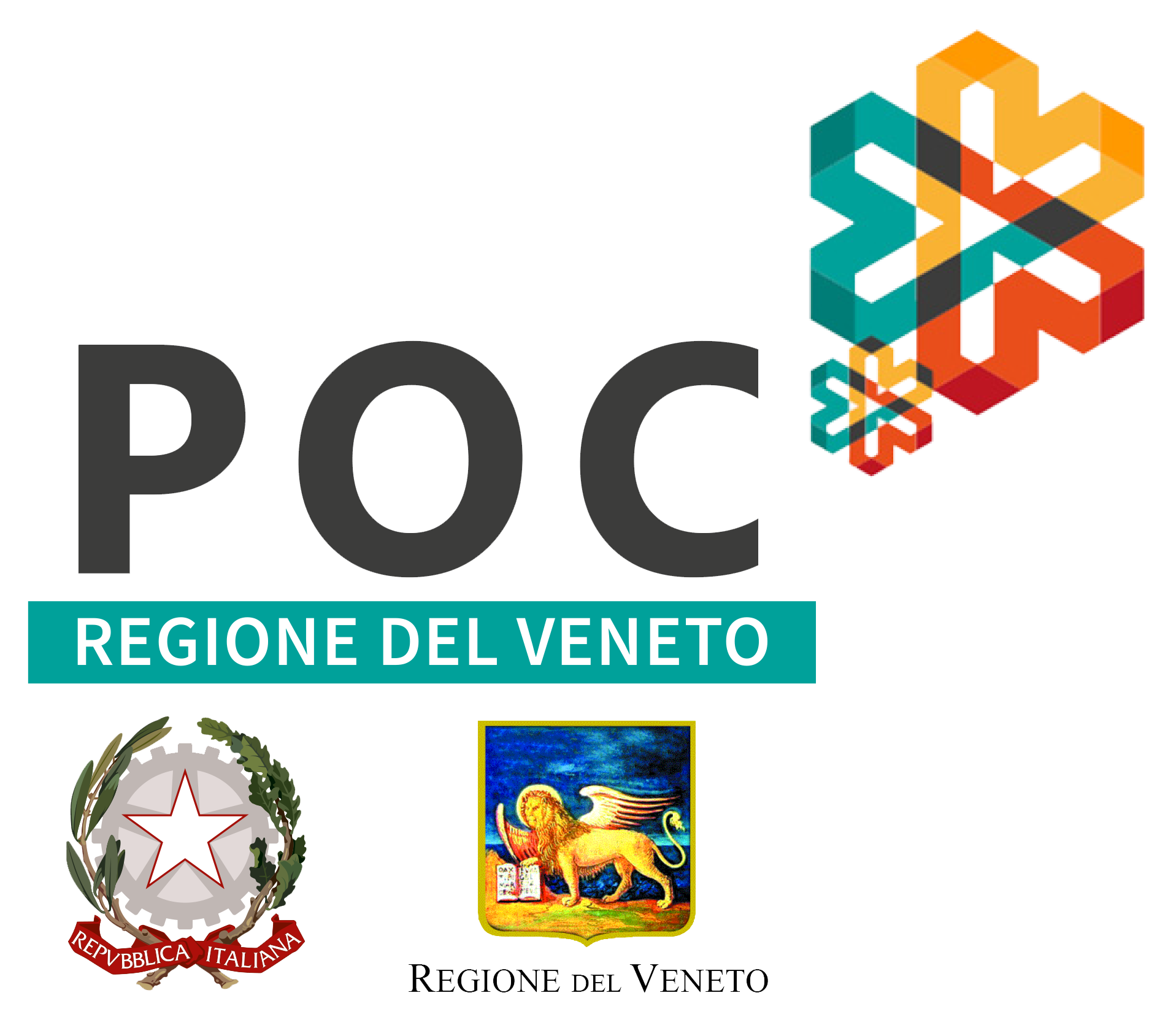The origin of this stretch of land dates back to the Rissian and Wurmian glaciation, when the retreat of the Atesino Glacier formed a morenic amphitheater. The pebbly and silty sediments deposited afterwards enriched the soil and made it light, deep and capable of heating up rapidly even during wintertime, thus assuring ideal conditions for the growing of the vine.
The thermal regulating effect of the nearby Lake Garda guarantees a rather mild climate, with average annual temperatures of around 12-13 C° and average relative humidity around 70%.
The vineyards dedicated to the production of our Bardolino DOC Classico, Bardolino DOCG Classico Superiore and Bardolino Chiaretto Classico stretch across the slopes of the hills along the shore of Lake Garda, exactly where the Classico area, the most ancient portion of the wine region, is located.
In this fertile stretch of land we grow Corvina, Rondinella and Molinara, the red grape-varieties from which our Bardolino wine is obtained. This special blend of grapes is also used – in different proportions – for producing the other prestigious Veronese red wine, Valpolicella. The Corvina grape provides body and color to the wine, whereas Rondinella is responsible for its typical, herbal and savoury character; the Molinara grape gives the wine fragrance and freshness.




